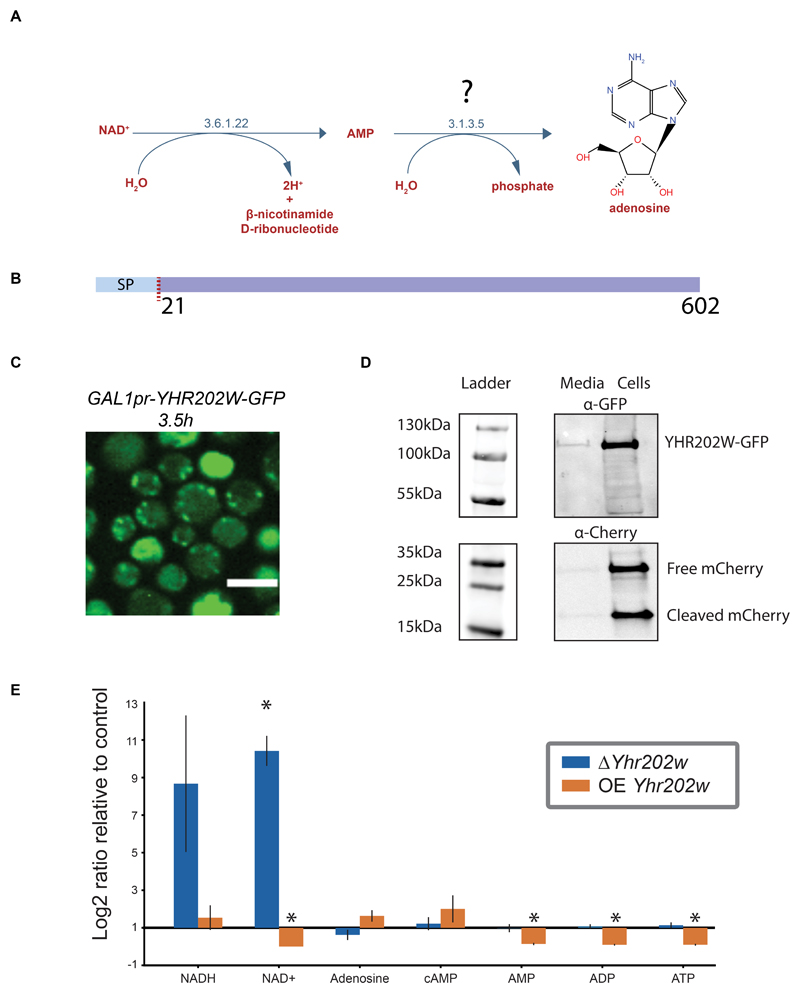Figure 5. Assigning an enzyme for a pathway hole in the periplasmic NAD degradation pathway.
A) The periplasmic NAD degradation pathway, consisting of two reactions, one with an EC number 3.6.1.22 giving rise to AMP from NAD+ and one, for which no enzyme has yet been described, giving rise to adenosine from AMP.
B) Yhr202w is a soluble protein containing a 21 amino acid signal sequence according to TOPCONS topology prediction.
C) Fluorescent microscopy image taken out of a time-lapse experiment showing the localization of Yhr202w-GFP under control of a GALpr. Images are shown 3.5 hours after activation of the GAL inducible promoter by transfer to growth in galactose containing medium. Scale bar =5μm
D) Yhr202w secretion analyzed by western blot. Yhr202w can be found in both the secreted and in the cellular fraction, while a soluble mCherry expressed under a constitutive promoter can be found mainly in the cellular fraction.
E) A bar plot showing the fold change of metabolites uncovered by metabolomics on strains in which Yhr202w/Smn1 was either deleted or overexpressed. The results depict fold change relative to genetically matched controls, with error-bars indicating the standard error of means. Fold-changes are marked with stars if they have a P-value < 0.005 in a T-test with a Benjamini-Hochberg correction.

